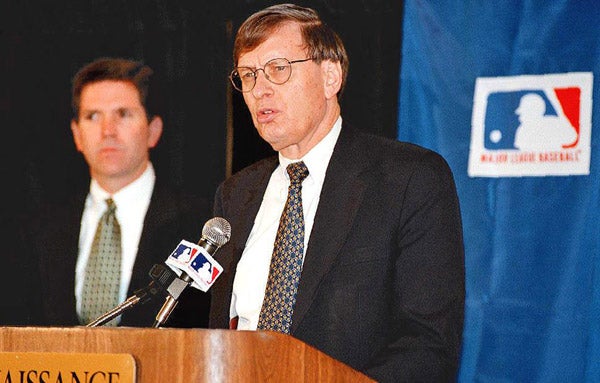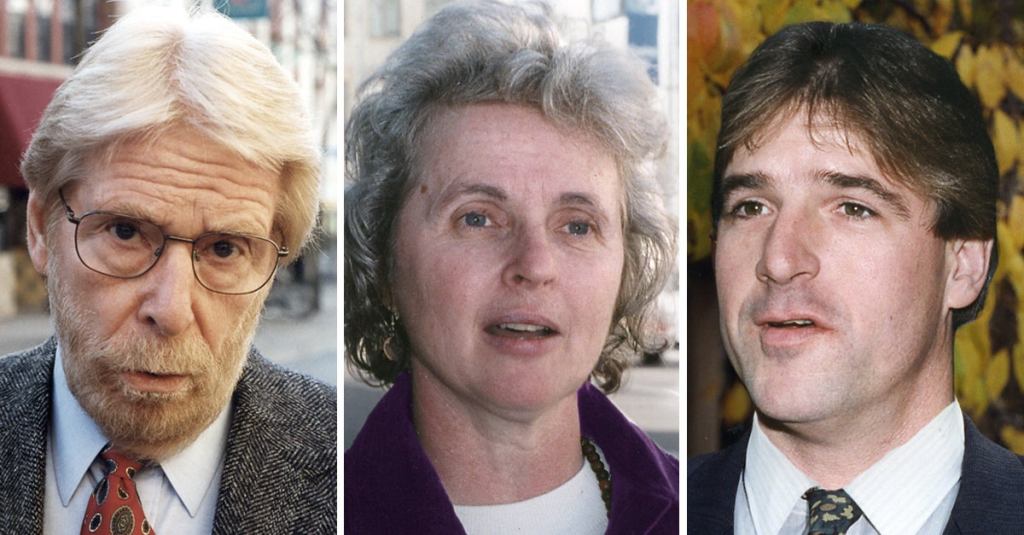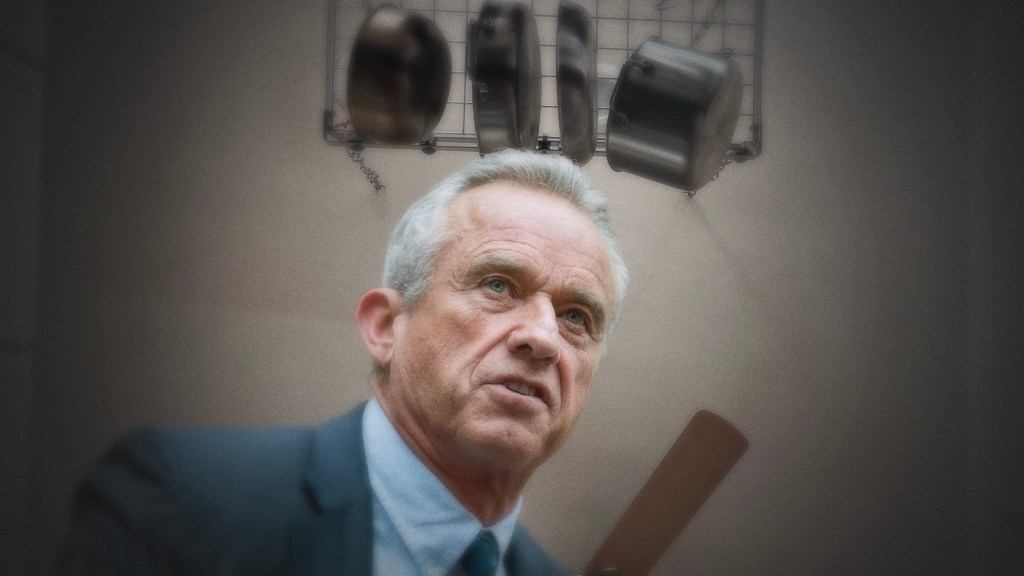ST. LOUIS—Thousands of baseball fans gathered in Busch Stadium Tuesday evening to watch as commissioner Bud Selig announced that Major League Baseball and the MLB Players Association have tentatively agreed to an earth-shattering, amazing new multi-year collective-bargaining agreement, which has captured the imagination of fans young and old who have been waiting for this day since the last deal was signed in August 2002.
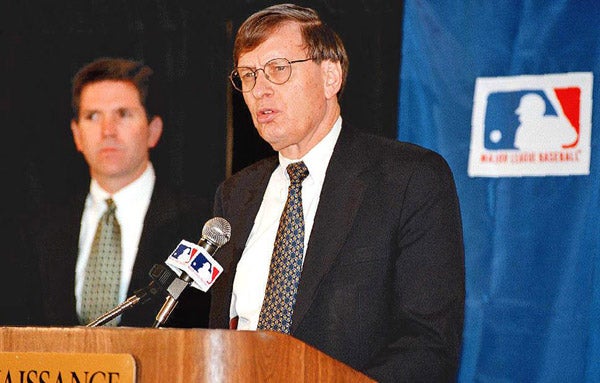
“Finally, I can say the words baseball fans across America have longed to hear…” Selig said to thunderous applause from the 50,000-plus in attendance. “In order to determine the amount of Major League Central Fund money to be reallocated from each contributing team, we will multiply their Net Local Revenue for the preceding three revenue-sharing years by a fraction, the numerator of which is the net transfer value of the Central Fund Component in that revenue year and the denominator of which is the sum of the means of each contributor’s Net Local Revenue for the preceding three revenue-sharing years.”
“And there’s more good news where that came from,” Selig added. “At 100 percent implementation, the net transfer value of the Central Fund Component shall be 41.066 percent of the net transfer value of the Base Plan in that revenue-sharing year!”
Game 3 of the World Series between the Cardinals and Tigers was postponed two and a half hours to allow the grounds crew time to clean Busch Stadium, dismantle the soundstage specially built for the labor-deal-unveiling event, and restore the field to playing condition following the boisterous post-announcement festivities and celebration.
News of the deal, which will be in place through 2011, has electrified the baseball world and reinvigorated a sport that has been struggling to win back fans ever since the players and the owners failed to agree upon a much-anticipated, much-hyped labor contract in 1994.
Fans in every major American city flooded the streets Saturday evening during the third inning of Game 1 upon hearing that the negotiations were successful, where they proudly waved signs containing portions of the “Outright Assignment To A Minor-League Club” section and chanted provisional clauses from Article XIII Part A regarding the newly established powers of the Safety and Health Advisory Committee.
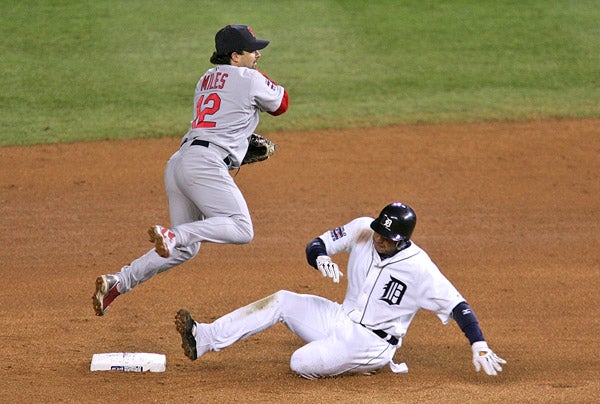
“Woo! Application by a club to the commissioner to place a player on the disabled list shall be accompanied by a standard form of diagnosis!” said Tigers fan Matt Crowley, who along with hundreds of fans left Comerica Park in the fifth inning of Game 2 to get home in time to see the Outside The Lines episode that analyzes the slight alterations to the current daily meal and tip allowance a player receives on road games and travel days.
“Can you believe that players selected in the June amateur draft who are not college seniors now must sign with their club by August 15?! Awesome!” Crowley added.
Around the nation, fathers muted World Series broadcasts to read the changes in the salary-arbitration process to their sons, sharing precious baseball-legalese memories that will last a lifetime. College students in St. Louis and Detroit flocked to local sports-negotiation bars to meet fans of all different subsections of the document, standing shoulder-to-shoulder in crowded rooms to watch as large-screen monitors displayed portions of Article XXI concerning spring-training termination pay.
Even in freezing cold conditions, Yankees and Mets fans alike gathered in New York’s Times Square with their backs to a video screen that was showing highlights of Game 4 to read scrolling text of the labor agreement on the digital marquee that runs along the side of Conde Nast Building.
“Never in my life did I think I’d be around to see a labor deal this un-fucking-believable, under which teams no longer receive draft-pick compensation when a Type C player—one who ranks in the upper 60 percent but not in the upper 50 percent of his respective position group—is offered arbitration but chooses free agency,” said Cardinals fan Mark Blosserman, who sold his Game 5 tickets so he could more quietly and closely examine the 235-page document.
“Baseball is back!” he added.
The media, meanwhile, has ceased all speculation regarding the foreign substance on Kenny Rogers’ hand in Game 2, instead turning their attention to the landmark labor agreement, which they are already calling the “greatest success story of the 2006 season.”
“People are going to be talking about this heartwarming Cinderella story in which two rival sides come together to prevent a labor strike all offseason long, and perhaps for years to come” sportswriter Peter Gammons said. “They’ll never forget the moment they read about deferred compensation, the cost-of-living adjustments for the minimum major-league salary, or the competitive-balance tax… It’s understanding the many little intricacies of the game that makes the sport of baseball so enjoyable.”


